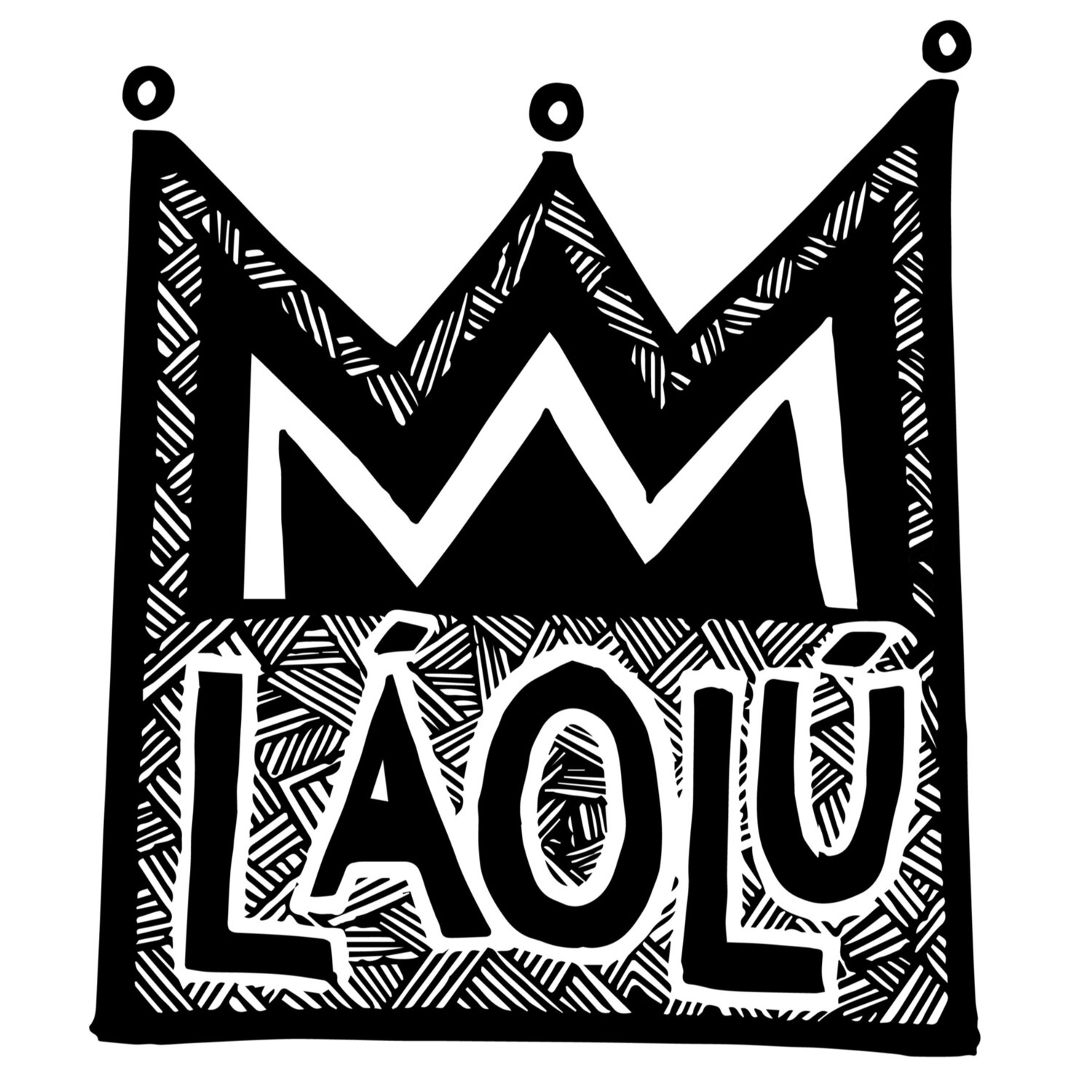TITLE: Iya Ni Wura Series
Medium: Mixed Media
Ìyá Ni Wúrà Exhibition
Yoruba people say “Orisha bi Iya kosi”.
This means: “There is no God/Orisha like a mother”
They also say “Ìyá Ni Wúrà” which is translated to mean “Mother is gold”.
The forgoing underscores the value and importance Yorubas place on Motherhood.
Láolú Senbanjo has created “Ìyá Ni Wúrà” series that pay homage to the Yorúbá culture/Ife arts. In Artist’s culture, mothers are the essential building block of relationships, identities, and society. Mothers symbolize familial ties, unconditional love and loyalty. The social context of motherhood and the meanings attached to birthing events are a good starting point for appreciating Yoruba constructions of the institution. At the moment of birth, two entities are born - a baby and a mother.
The series consist of seven (7) pieces, showing a pregnant Mother and her child as sacred, saintlike and glorified.
The faces of Orishas and Ancestors drawn on Mother and child’s bodies represent energy and ancestral spirit; they carry power, blessings, protection and a supernatural connection between mother and child. The mammary glands, and the connection through the child’s hand illustrate how mother gives life, knowledge and extraordinary love that she inherited from her ancestors to her own the child. Each mark inscribed is symbolic of her own divine intuition, her ori. The abundance of spirals, undulating waves, and complex shapes create movement and reveal the identity of the veneered figures. The bodies are not only a mark of beauty, but a symbol of power and divine right as her status as mother, as queen.
In every piece, figures of the mother/ mother and child stand against a midnight blue background that warms the canvas. Its expansiveness and depth is symbolic of the figure’s divine femininity. It shows that she exists outside of time and place—in an in-between.
Gold haloes surrounding their heads depict the sacred and divine motherhood and mothers as healers, and as the Yoruba saying goes, “Iya ni wura iyebiye Ti a ko le f’owora” meaning ”Mother is a precious gold that cannot be purchased with money”.
There are seven (7) pieces in the series:
Láolú has performed “Sacred Art of The Ori”, the ritual he coined, where he connects with his
subject's ori sha (soul) and utilizes the negative space of the subject’s skin as the "paint."
Omú Ìyá dùn
Ìyá
Abiyamo Tòó tó Iyemoja
Àdúrà Abiyamo Yèyé
Iyami Àjé
Number 7 as well as color blue are symbols for Orisha Yemoja, the mother of all living things, the queen of heaven, earth and all waters.
Láolú was inspired by his Yoruba heritage and has made connections with Madonna and Child, painted by one of the most influential artists of the late 13th and early 14th century, Duccio di Buoninsegna. This iconic image of the Madonna and Child, seen throughout the history of western art, holds significant value in terms of stylistic innovations of religious subject matter that would continue to evolve for centuries.
Láolú believes that the wisdom of past cultural and artistic traditions helps to illuminate the future, so we can reimagine and improve upon it.


